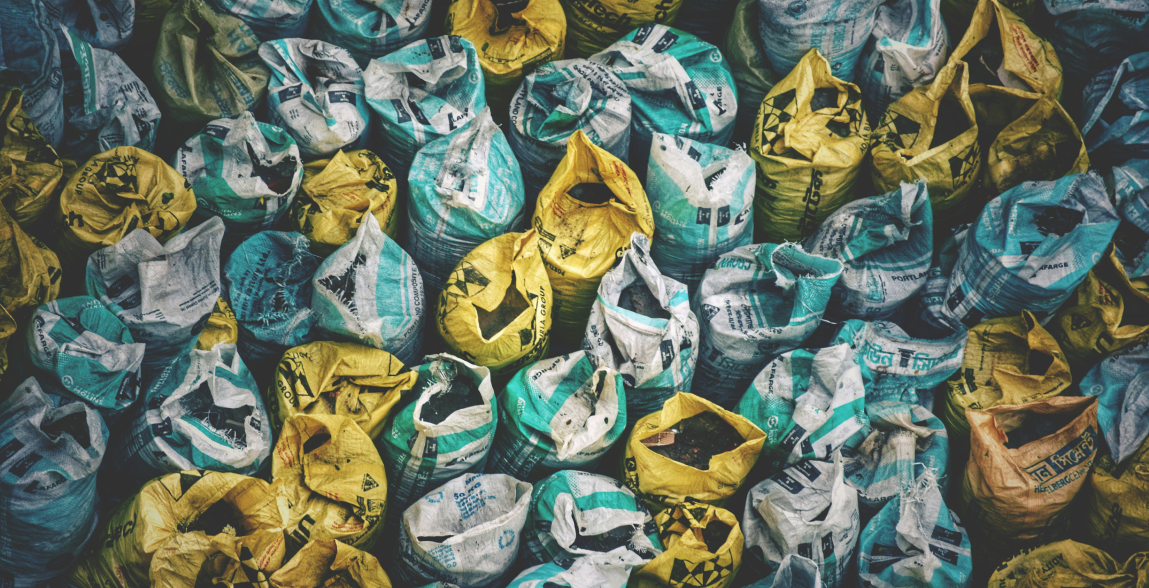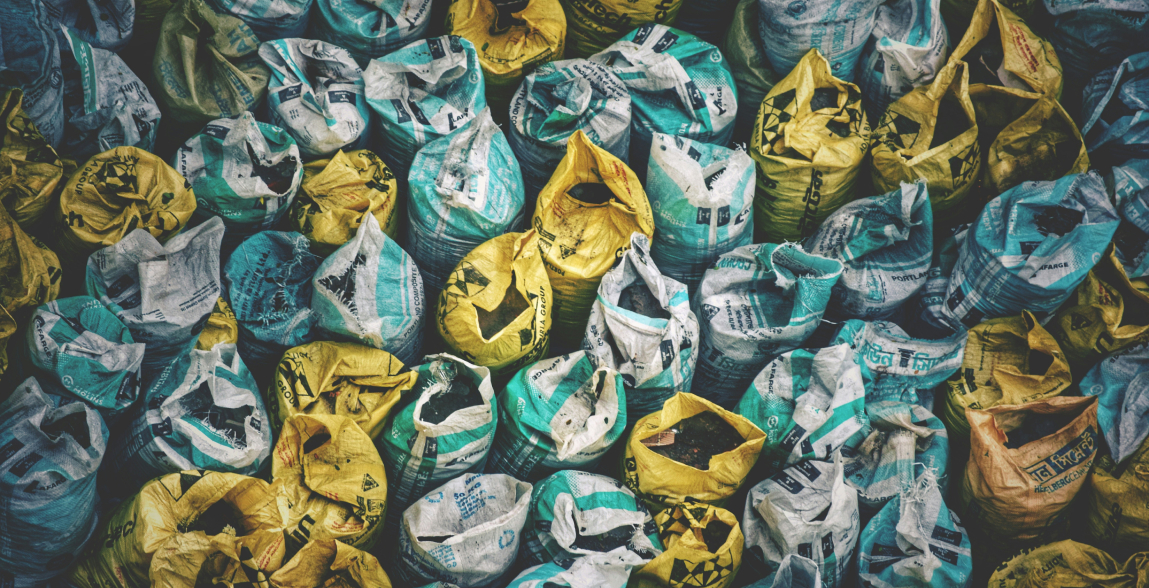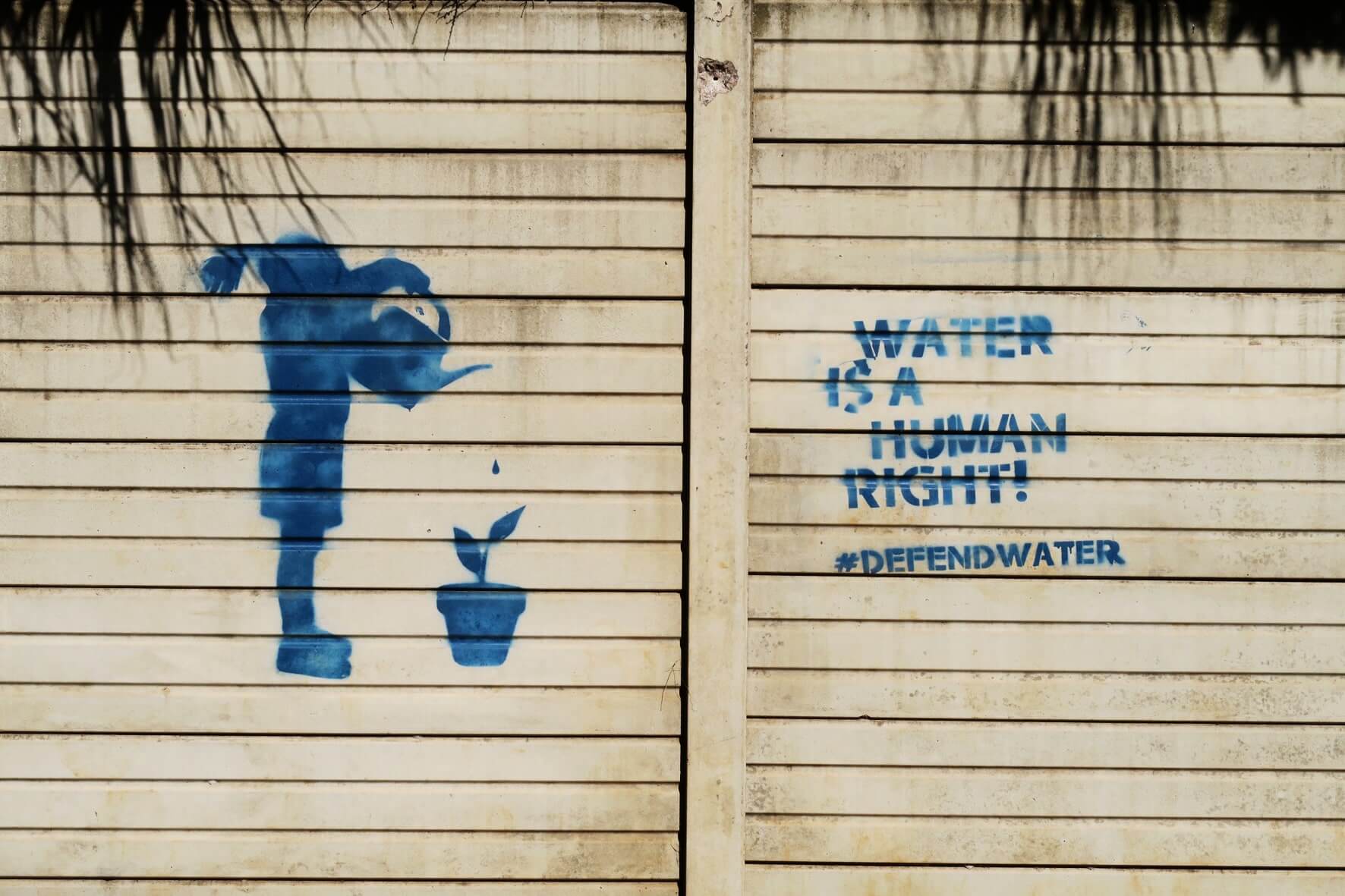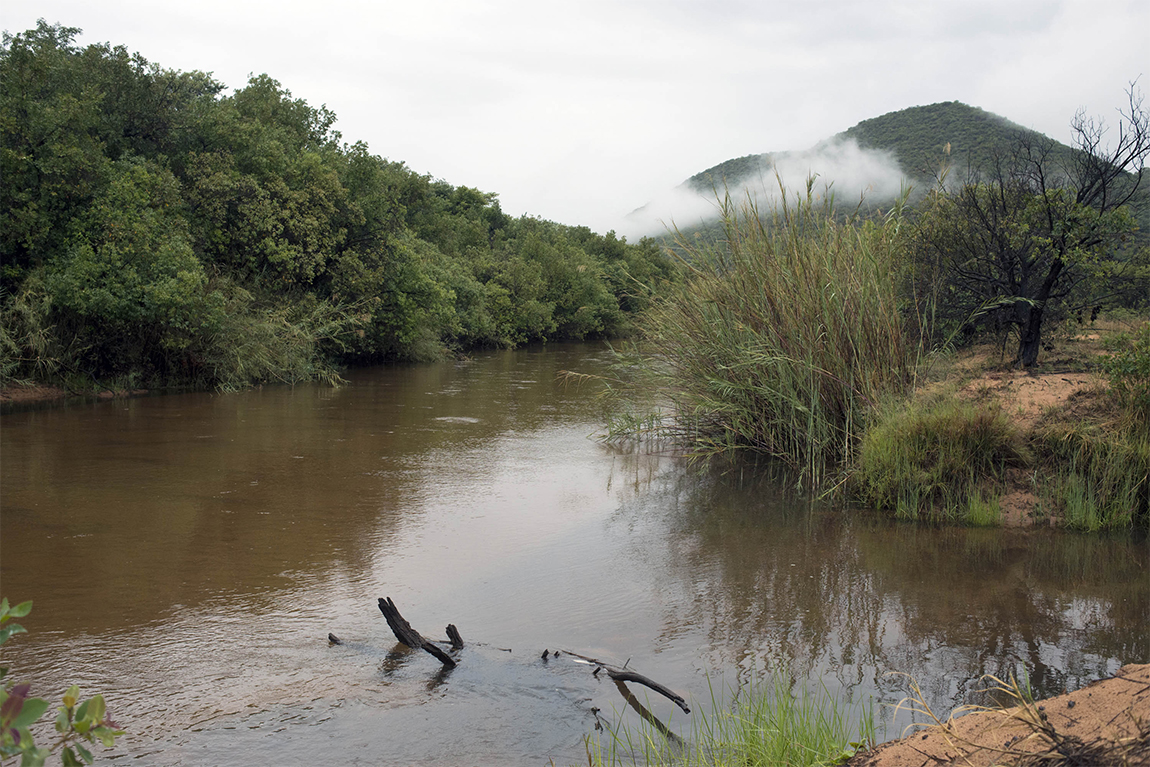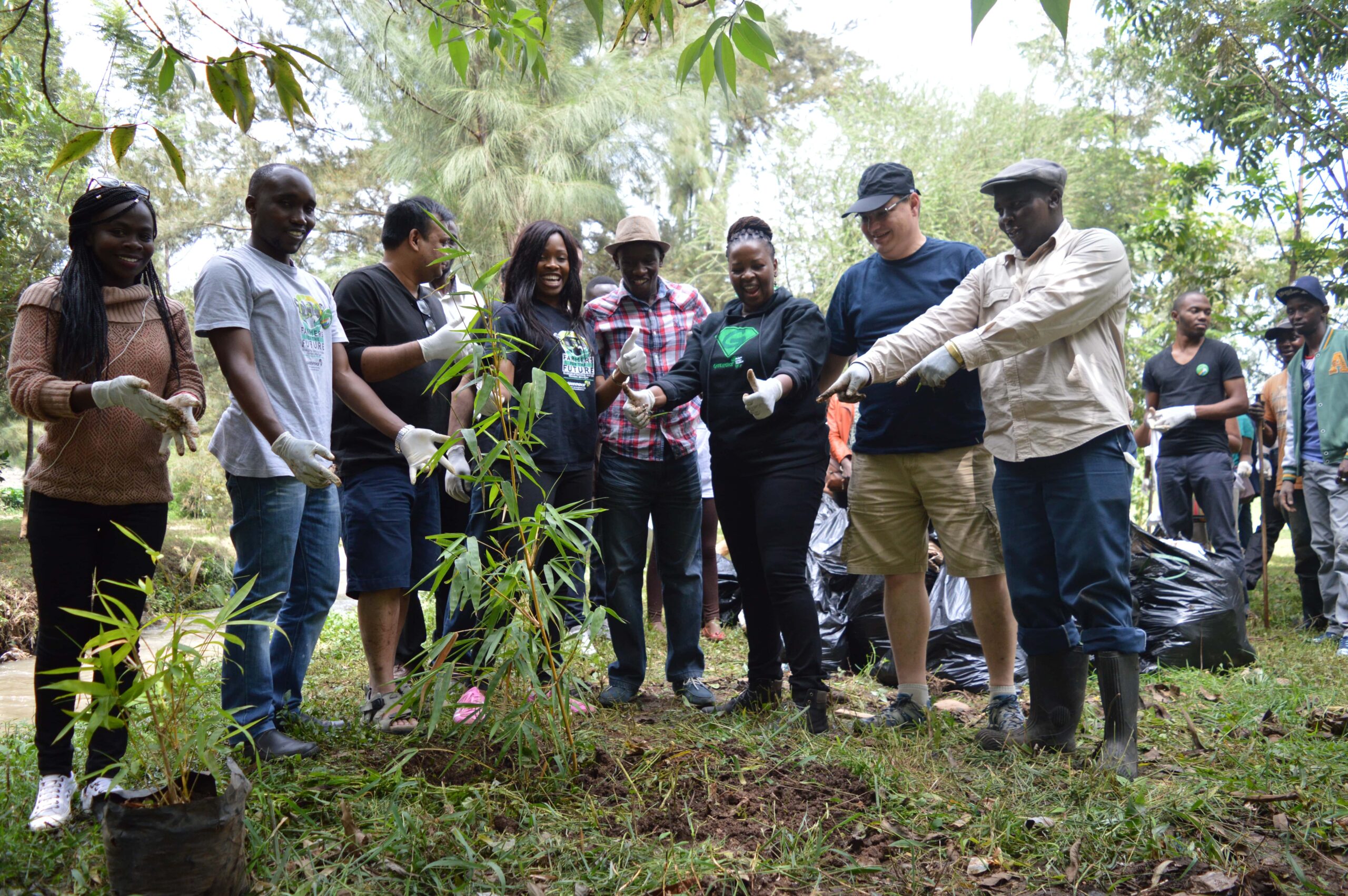The goal of petitions is to not only raise critical awareness about a certain issue, but to also present solutions that the target of the petitions can take up to implement real action. Most importantly, it brings people together to claim citizen power.
Petitions make change
In the face of global challenges at the intersection of social and climate justice, it is easy to feel powerless as an individual. However, collective actions by people all around the world has shown us that it can lead to (local) transformational change. Signing a petition, sharing information, joining a local group, or starting a community initiative may seem trivial on their own, but together it creates a ripple effect.
Petitions rallying for citizens to stand up for change is not a recent thing. As a child I remember seeing people standing on the streets of my hometown stopping passersby and asking them to support their cause, and now this has evolved to include online petitions, enabling these causes to spread beyond their area of projection.
They are an empowerment tool that promotes community building – united by one cause; to urge governments, businesses, brands and companies to listen to its citizens and act! When petitions are powered by action, like this ‘Hands Off Our Forests’ online advocacy campaign, not only were supporters gained, but it also convinced the mainstream media that this is a story worth the air time.
Successful petitions can influence policies, hold corporations accountable, and even build or strengthen movements as they provide a platform for supporters to amplify their voice.
Are we on the right path?
Despite their potential, petitions today face challenges. There is a considerable amount of online petitions today that risks diluting their impact as many clarity or actionable goals. For example, a petition that demands ‘ban fast fashion’ is too broad. Does the demand target overproduction, unsustainable materials, or labour rights violations? Effective petitions need a clear ask, offer supporting solutions, include a timeline and clarify responsibility of who is accountable for implementing the change.
It is also critical to have petition platforms that are credible and backed by organisations that are walking the talk in amplifying the voices of citizens demanding for change.
How do we take action?
Petitions are most effective when combined with other forms of activism. Small, sustained actions can boost the impact of petitions and build a movement that grows beyond the digital space. Here’s how small actions by many individuals make a difference:
Raising awareness – sharing a petition informs others about the issue, educating and encouraging broader participation.. Awareness steers community mobilization and influences decision-makers.
Building community – joining or starting a local group fosters collaboration and creates a network of like-minded individuals who can take collective action.
Activism – actions like marches, writing letters, or hosting events demonstrates commitment and shows that the cause is more than just an online trend.
Inspiring others – our actions can inspire others to get involved. When individuals see others taking bold steps, it encourages participation.
The ‘Hands Off Our Forests’ campaign demonstrates how petitions, when supported by grassroots activism, can create significant change. Through this, Kenyan citizens were mobilized to speak out against deforestation, turning small actions like signing petitions and attending events into a powerful movement. Petitions are an important starting point, but are only effective with meaningful follow-up and with other actions such as delivering said petitions, demonstrating commitment and supporting social media movements on the cause.
Every action, no matter how small, contributes to the greater cause. Imagine a petition advocating for fashion brands to implement textile take-back programs to recycle and reuse waste. While the petition builds momentum, individuals could share information on social media to educate others, organise local events to collect textiles and highlight textile waste issues, and partner with local communities, and textile recycling and upcycling companies to find suitable solutions. A petition like this communicates that there is
